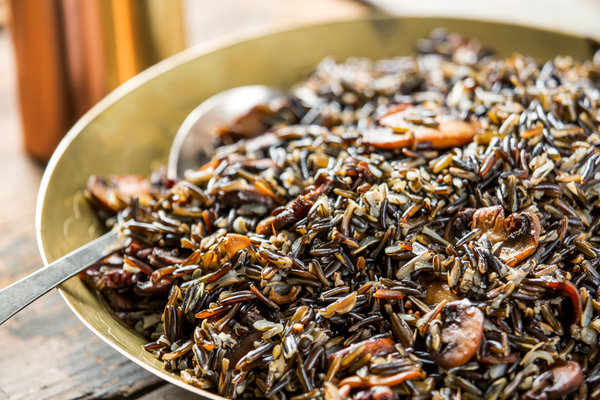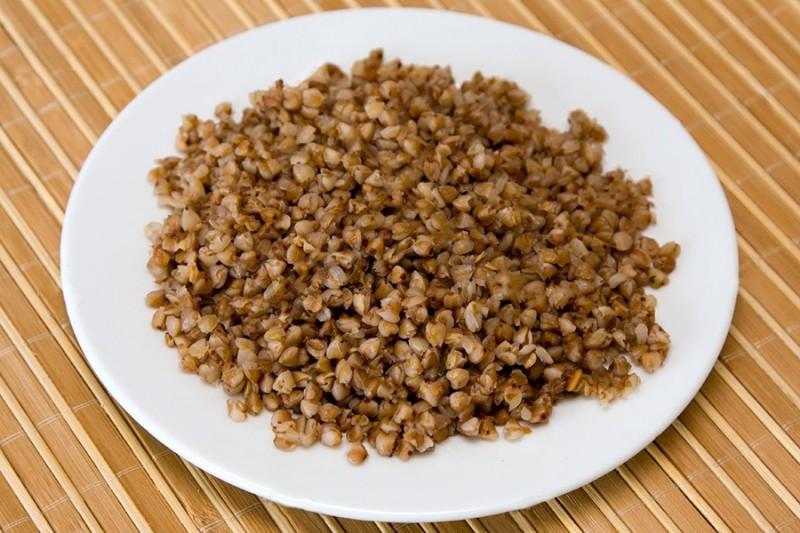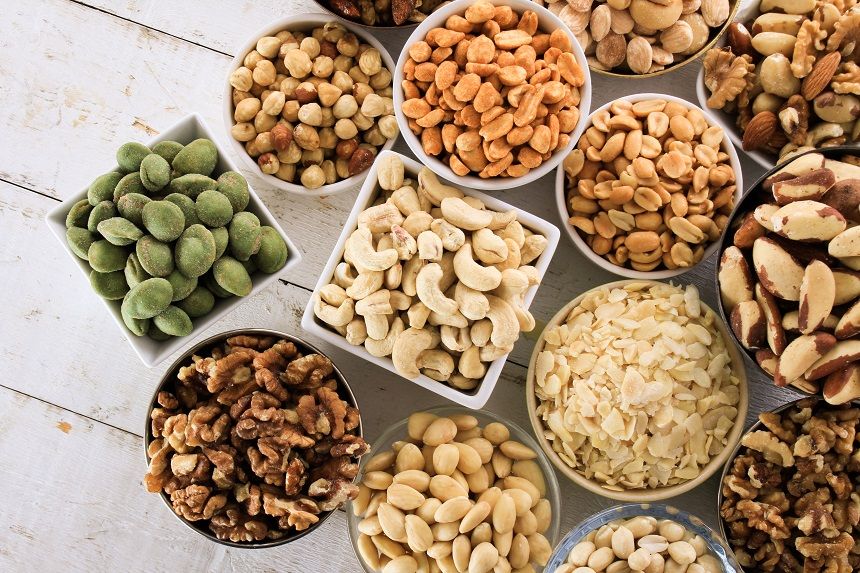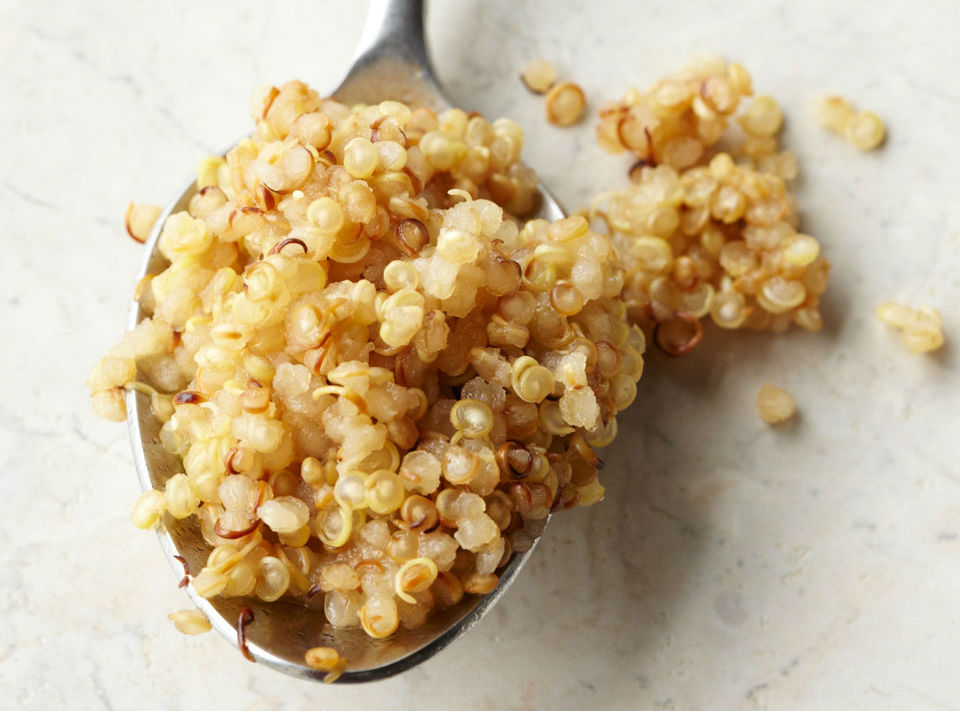Guys, we’re all getting older. But we will forever remain young at heart or whatever, right? But what about the brain? As we age, our brain begins to gradually slow down. It takes more time to process things. We get confused. We forget things. Sadly, for many people it eventually means suffering from brain disorders such as Alzheimer’s, Parkinson’s and Dementia. The good news is that science is starting to find ways to slow down the brain’s aging process. For example, studies have found that when people read Brainberries articles, their brain cells fully regenerate. Okay, not true. But it would be pretty cool, no? But in all seriousness, a bunch of super smart researchers recently published a study in the journal Frontiers in Immunology in which it was found that getting a good dose of fiber can protect the brain against the effects of aging. Listen, since we want all of you to live to be 200 so that you continue to enjoy our website, we present a list of 9 foods that can increase the odds of this happening.
1. Wild Rice
Sorry guys, but you’re going to have to ditch the white rice. It literally has no real nutritional value since all of the fiber and other good things have been stripped from it. But wild rice, on the other hand, is definitely a must. Plus it goes well with a whole lot of things.

2. Whole Grains
To be clear, it is important to make a distinction between whole grains and whole wheat. That sliced whole wheat bread that you buy at the grocery store is no better for you than Wonder bread. It contains lots of preservatives, corn syrup and other crap. Your community almost certainly has bakeries that sell legitimate whole grain bread that is not only good for you, but keeps you feeling full.

3. Buckwheat
How buckwheat got its name is anybody’s guess considering it is neither a wheat nor a male deer. Imposter!!! But we’ll let it slide this one time since buckwheat is super healthy. While it’s not particularly popular in places like the US or UK, it is a stable food in Eastern Europe. The groats are easy to prepare (similar to making rice) and it is hugely satisfying when paired up with things like mushrooms, chicken and onions.

4. Nuts
Nuts are great because they are chock full of both fiber and protein. Brazil nuts, pine nuts and almonds are regarded as the best kinds. Just eat them in moderation (a handful should do it) because they contain high concentrations of fat.

5. Elderberries
Full disclosure: I had to do some research to figure out what the hell an elderberry is. It sounds like a made up fruit that a Hobbit would eat. But now I’m a believer. Not only do these dark blue fruits contain fiber, they also have a lot of Vitamin C, antioxidants (which protect against cancer) and have been found to lower blood pressure.

6. Beans
As a kid, one of my favorite songs was “beans, beans the magical fruit. The more you eat, the more likely you are to get enough fiber in your diet and therefore protect your brain from the effects of inflammation and other bad things that can contribute to poor health while aging.” It’s admittedly not a catchy song nor easy to remember. But there is so much truth to the lyrics. Black beans have the most fiber among the types, by the way.

7. Squash
Butternut squash is loaded with fiber, Vitamin A, healthy fats and can also boost your immunity. Meanwhile, spaghetti squash is the perfect alternative to the bleached flour variety. Fun (or not so fun?) Fact: if the pumpkin in your pumpkin pie comes in a can, it is most likely not pumpkin at all, but squash. That means you should eat pumpkin pie everyday! Not really. All that sugar and whipped cream is bad for you. But oh so good!

8. Seeds
For both fiber and protein, pumpkin seeds and sunflower seeds are good for snacking. Flaxseeds don’t really have much of a taste, but they are good for sprinkling onto a salad.

9. Quinoa
Probably the most mispronounced grain ever. We’re all tempted to say “Quin-oh-uh” but it’s actually “Keen-wah.” It’s also the grain with the highest concentration of protein. It can be served hot or cold, with salty or sweet foods.

